Bitumen rust is one of the most common damage to asphalt pavements. This type of damage may also be known as bleeding (Bleeing) or flushing. Bitumen rust is the thin glossy and black layer of road surface that is created by the upward movement of bitumen. The main causes of this failure are excessive use of bitumen in asphalt concrete, hot air, low percentage of air in asphalt concrete and low quality asphalt. Bitumen leakage can be a potential safety hazard, as it can cause the surface to become too smooth and polished. Some pavement performance indicators, such as the international roughness index, cannot detect the presence of bleeding because this type of failure does not increase the surface roughness, but other performance indicators, such as the pavement condition index, take this factor into account. Therefore, our collection has Superior bitumen Domestic production, which is distributed to the market at an affordable price.
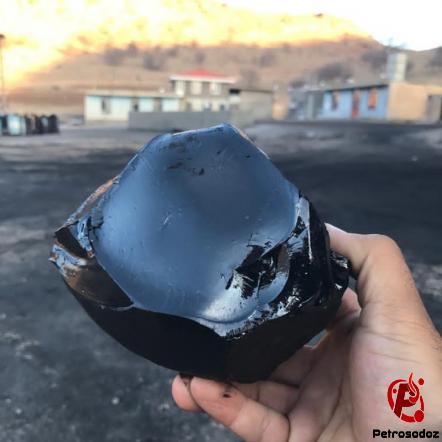
What is bitumen made of?
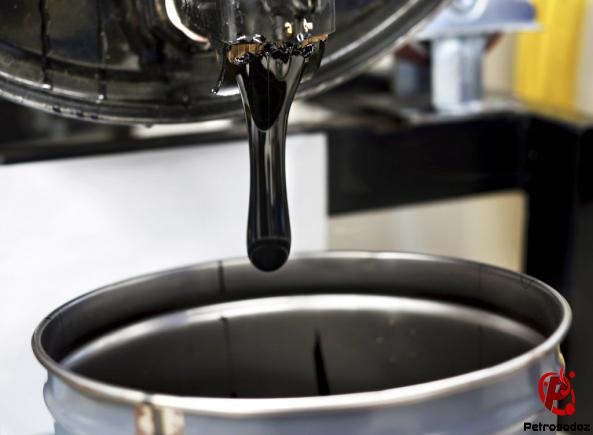
60/70 bitumen has a wide range of applications. In this article, we will write about the 60/70 bitumen production line.
Bitumen was widely used by the Sumerians, Assyrians, and many other civilizations. It was used as a dehumidifier as well as a protector for wood and for various purposes such as embalming, sculpture and decoration.
Also, the bitumen in natural substrates along with the bricks baked as mastic has been used in the construction of temples, stairwells, streets and houses. Around four to five centuries BC, the Achaemenids also used bitumen to seal the majestic palace of Persepolis, traces of which can still be found in this collection.
The English equivalent of bitumen is bitumen, which was first used in Latin around the 1460s. In American English it is called Asphalt, which is used in our country as the equivalent of “asphalt mixture“.
The beginning of the modern bitumen industry can be traced back to 1712, when natural bitumen stones were discovered in France. At that time, bituminous materials were simply spread in lumps on the surface of local roads, allowing traffic to gradually erode and condense them. This technique was quite successful, and in a short time progress was made in this area, including pulverizing and heating the material before use. The asphalts were then compacted and flattened by hot iron (ironing). This material, commonly known as Compressed Rock Asphalt, has been used successfully on the streets of Europe and has become ubiquitous to this day.
Bitumen ingredients
The various compounds of bitumen are not well known so far, but most of these compounds that are separated from bitumen by different solvents are asphaltene-resin and heavy oils, which are sometimes associated with small amounts of minerals and are located in adjacent colloidal oil media.The flexibility and adhesion of bitumen is related to the resin. On the other hand, the more asphalt, the harder the bitumen, but the softer the bitumen oil becomes. By heating bitumen, oily substances turn into resins and also resins turn into asphaltene and at excessive heat, bitumen turns into charcoal and water vapor.
Asphalt
Asphaltene is a brittle solid that is insoluble in normal heptane and is black to brown in color. In addition to carbon and hydrogen, it has some nitrogen, sulfur and oxygen. Asphalt is usually a highly polar compound and contains complex aromatic substances with very high molecular weight. It does not have a specific melting point and when heated, it first swells and then decomposes, eventually leaving a lot of carbon. Asphalt makes up between 5 and 25 percent of bitumen. The higher the amount of asphalt in the bitumen, the harder and less permeable the bitumen will be, in addition to having a higher softening point and, ultimately, a higher viscosity. The molecular weight of this material is in a wide range from 600 to 300,000 and depends on the separation method used.
For more information about bitumen price list 2020, visit our website.
Domestic demand for bitumen in 2020
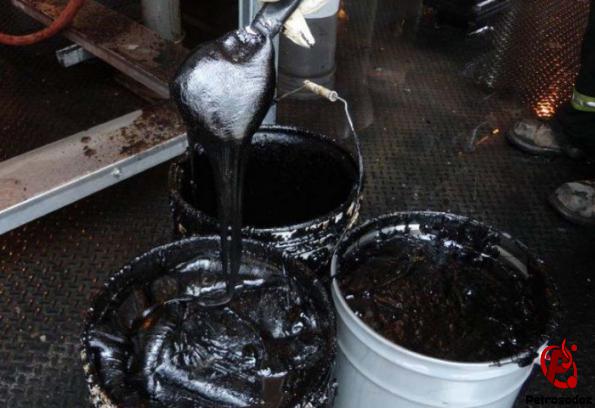
The vapors pass through a horizontal and long air condenser (heat exchanger) and in this way most of the accompanying oils are separated and the remaining vapors are directed to a vertical furnace for burning.
These bitumens are the basis of production of other in bitumen company such as emulsion bitumens, soluble bitumens and polymer bitumens. Therefore, they have wide applications in various industries. Therefore, Domestic demand for bitumen in 2020 has become very high, which will lead to further progress in this field.

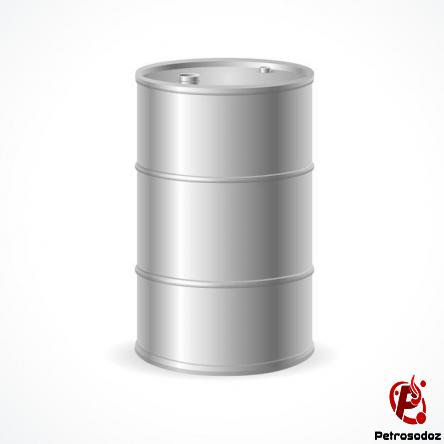
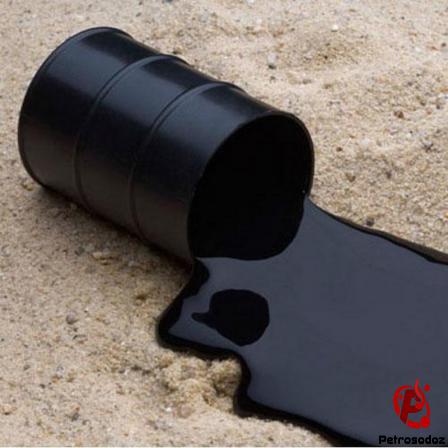
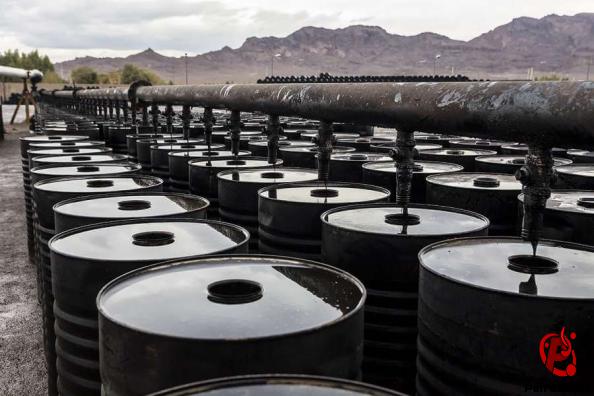
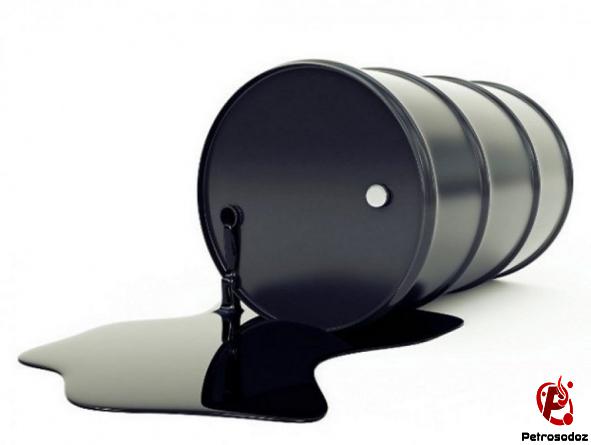

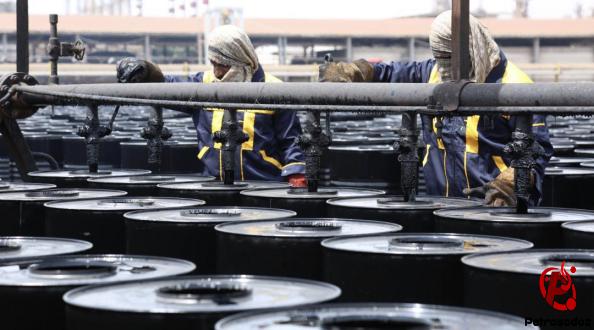
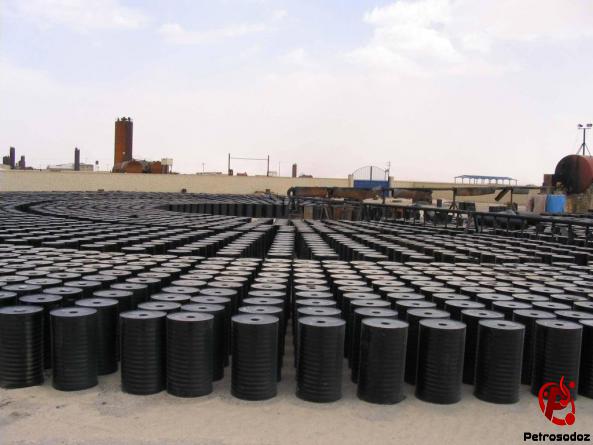
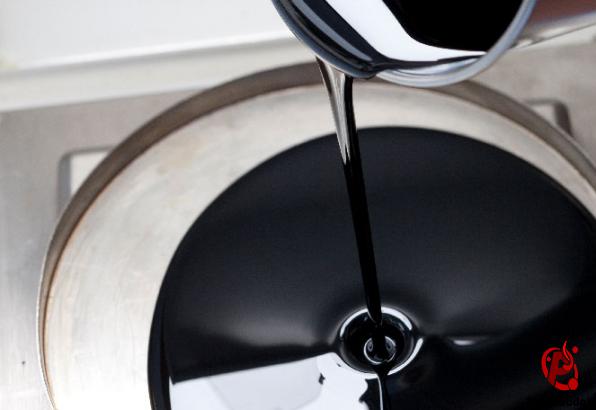
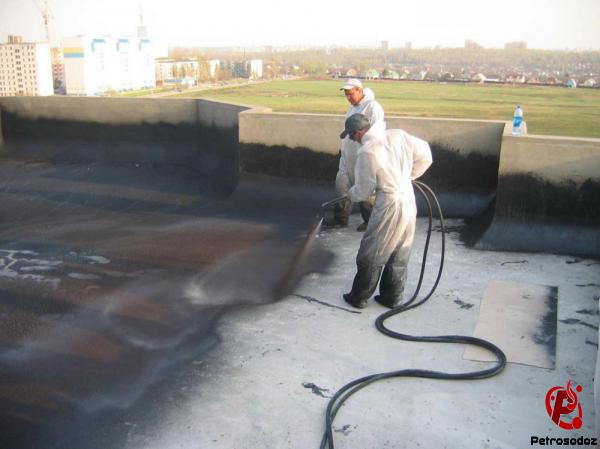
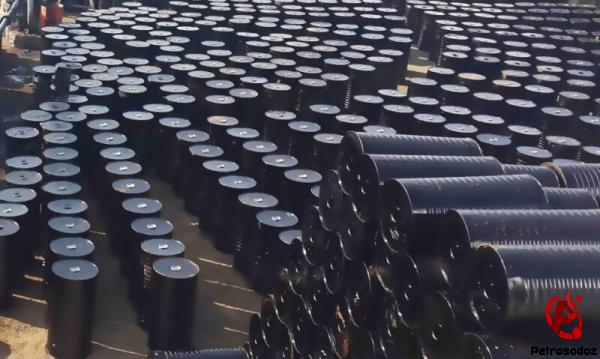
Your comment submitted.